Do Moon Phases Affect Inshore Fishing Patterns?
- By: Wyatt Parcel
- on
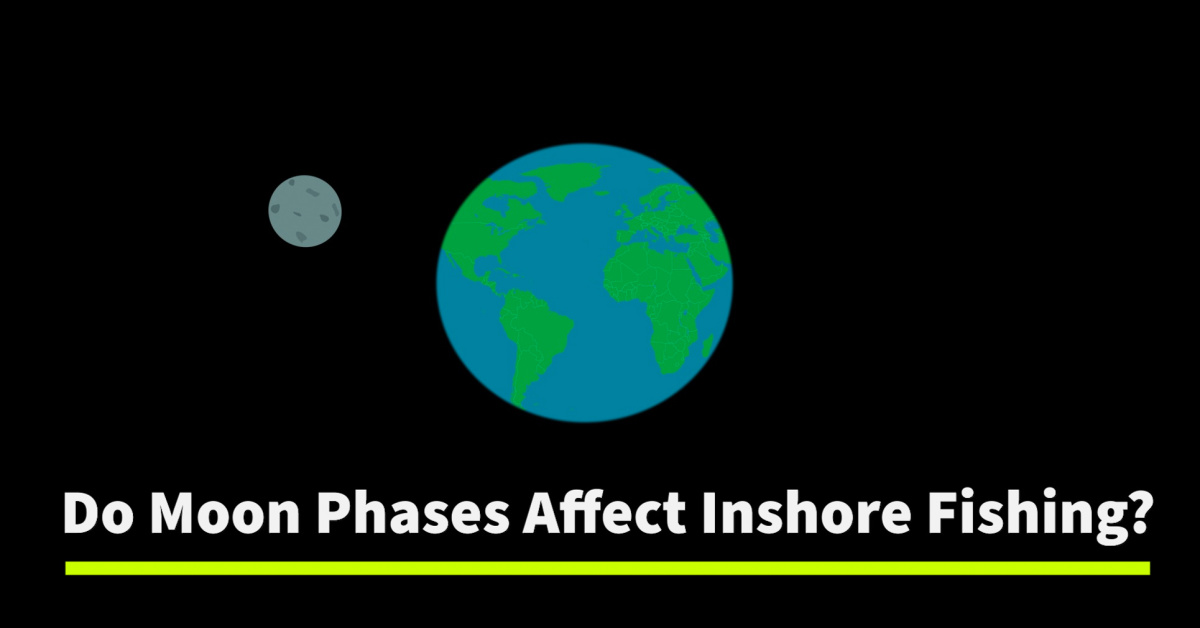
Do moon phases actually have an impact on fishing?
The phases of the moon without a doubt impact inshore fishing!
How do you factor in the moon phases to maximize your success of catching big fish?
Learn more below!!
Do Moon Phases Affect Inshore Fishing Patterns? [VIDEO]

Fish are not responding to the moon phase itself meaning there isn’t a specific phase that will spark or erase a bite.
Instead, fish respond directly to the amount of current flow as a result of the phase of the moon.
Fish are reacting to the heavy tidal movements the moon influences.
New and full moons cause the highest tidal fluctuations which increase fish feeding levels.
In spring and fall, fish spawn during periods of heavy tidal flow to disperse their eggs as widely as possible.
As a result, the majority of spawning happens around new and full moons.
Fish do not know the exact phase of the moon but rather they are responding to tidal flow.
It is important to take a look at your tide charts for heavier slopes on incoming and outgoing tides.
If you are able to line up an incoming or outgoing tide on a new or full moon phase in the early morning or late evening, there are going to be feeding fish.
Fish will strike any lure that is near them especially if they are spawning during these times.
New And Full Moons
The Earth’s tides will be affected more in these two phases than any of the other moon phases.
On both incoming and outgoing tides, the tidal flow is heavier and the most water is moved by gravitational pull.
This usually causes negative tides in the winter and flood tides in the spring.
Fish activity increases during both of these moon phases.
The heavy tidal flow displaces bait and gives fish the ability to swim in areas that otherwise would be dried up.
Other times, the fish can get locked into pockets in coastal marshes after a negative tide.
It is all about knowing how the moon phase affects the tidal flow, not necessarily the moon phase itself.
Impact Of Tidal Flow On Spawning Patterns
Most fish are going to be spawning during spring and fall during new and full moon phases.
Specifically for trout, they are one of the only species to spawn in the spring and will be extremely active during that time.
When the water temperature hovers around 70 degrees, trout activity will increase.
If fish are spawning, they are consuming a lot of calories, and times of heavy tidal movement allow them to feed more.
Snook and redfish spawn very heavily during the fall season.
As with trout, during periods of heavy gravitational pull the fish will disperse their eggs in a wider area and feed more often on the new and full moons.
Fish spend their calories on spawning and widening the area they disperse their eggs which in turn causes them to load back up on calories after spawning.
Flounder move out of inshore estuaries in the fall and their feeding patterns are dictated heavily by the tides.
When the gravitational pull on the water is at its highest, flounder sit in “conveyor belts” of food in a bottleneck and wait for food to come to them.
The more bait that is moved by those tides, the more the fish will actively feed.
Conclusion
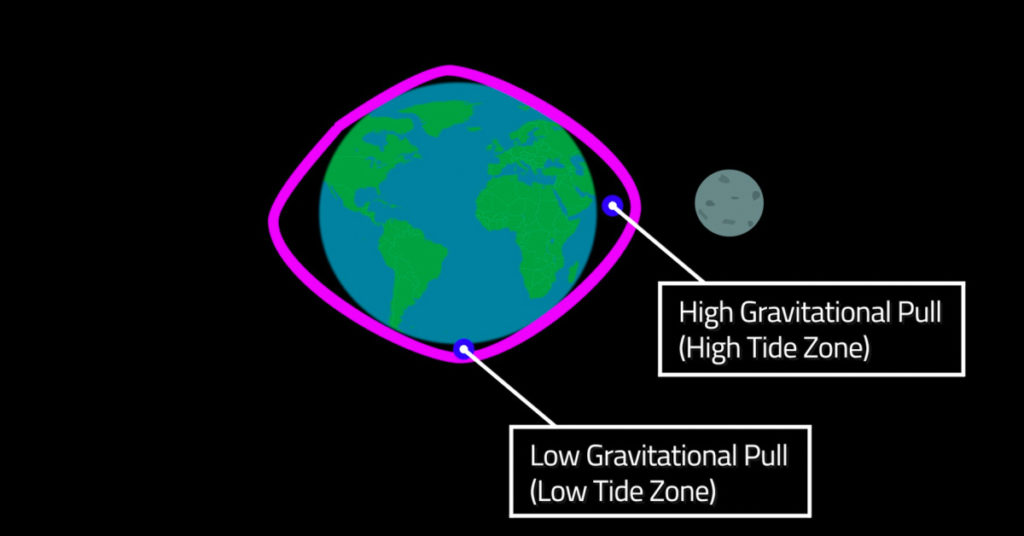
Prioritize your fishing to getting lines in the water on new and full moon phases where there will be heavy tidal flow.
It is less dependent on the actual phase of the moon, but more dependent on the effect the gravitational pull has on tidal flow.
Fish have to load up on calories to keep up with spawning patterns and are willing to strike any lure that is presented to them.
If you have any questions on how moon phases affect inshore fishing, let me know down in the comments!
And if you know someone who wants to know the impact of moon phases on inshore fishing, please TAG or SHARE this with them!
P.S. Want access to our best fishing spots and tips, plus discounts to our online tackle store? Click here to join us in the Insider Club!
Related Articles:
Related categories:
STOP WASTING TIME ON THE WATER!
Do what the “SMART ANGLERS” are doing and join the Insider Club.
Here’s what you’ll receive today when you join:
- Weekly fishing reports and TRENDS revealing exactly where you should fish every trip
- Weekly “spot dissection” videos that walk you through all the best spots in your area
- Exclusive fishing tips from the PROS you can’t find anywhere else
- Everything you need to start catching fish more consistently (regardless if you fish out of a boat, kayak, or land).
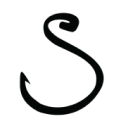



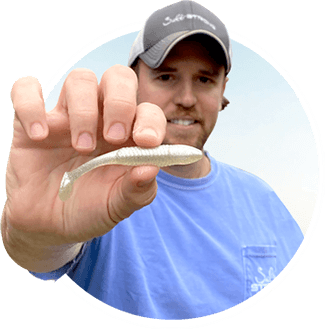
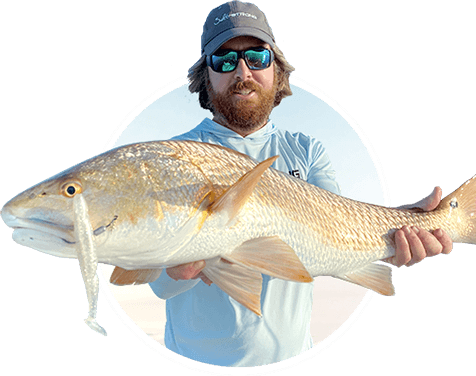
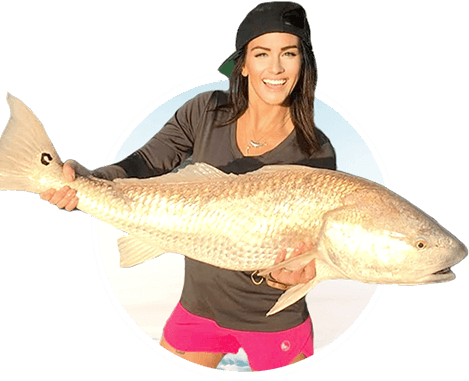
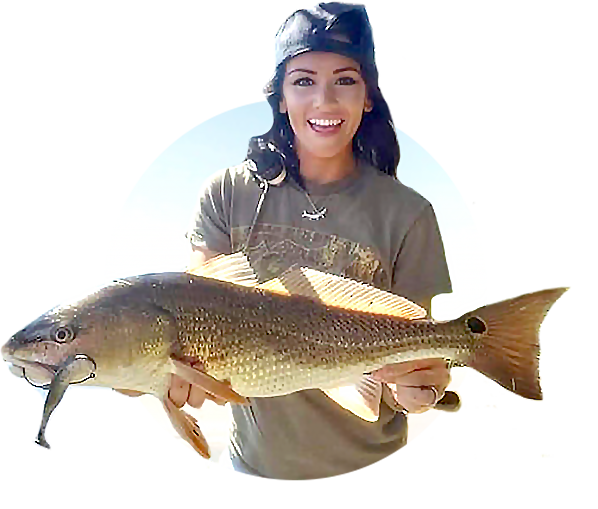
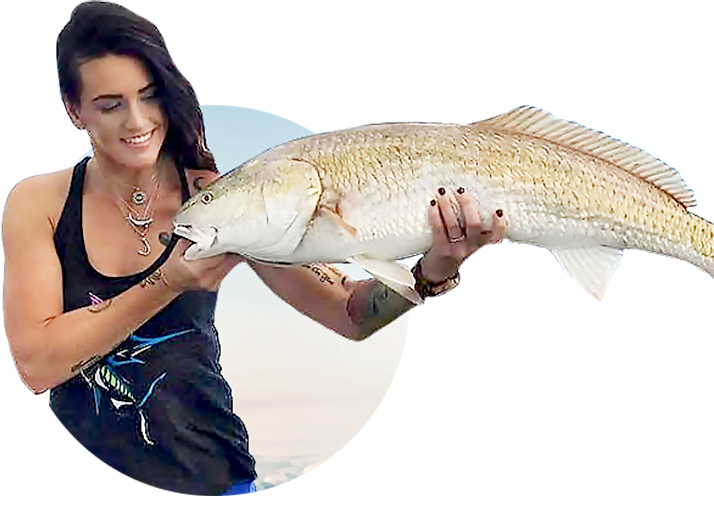

On a full moon,and on clear nights,and since visibility is good. Are Reds more opt to feed at night?if so,will this effect the bite in the morning hours?thanks.
looking forward to any follow up videos–I will be searching for them
Wyatt,
As usual, great insight and info. I’m an avid fisherman but just moved to South Carolina where the large tidal swing environment is new to me. I’ve been an insider member since the spring and short “infograms” like yours have DEFINITELY given me a jump start on understanding how to be successful in my new environment. Can’t say thank you enough to SS and the great area posts and insights on the Community site. NO QUESTIONS THE SS COMMUNITY HAS HELPED ME CATCH MORE FISH! Thanks Frank
The tide timing will be terrible next week for the couple days I can get to the coast (St. George Island). I’m going armed with my shady and Dr. Juice. I’m trying shore for table fish and a little bayside. Will anything other than a miracle help increase productivity in bad phase and tide?
The good news is that fish still feed everyday! The big key will be determining when the tide will be moving bait from protected areas into zones that predators can hunt (ex. Mullet and crabs being pulled out of a shallow marsh into a creek-mouth on outgoing tide/baitfish being pushed onto a shallow mud or grass flat on incoming tide)
Recently fish have been hanging close to big points that are close to large flats with access to both deep and shallow water, so narrow the spots you pre-plan down to areas with maximized structure and ambush zones in those areas!
Good info concerning tidal flow caused by moon phases. Every time a full moon appears, there are Insider postings complaining about poor fishing during the daylight hours on the day of a full moon. Conventional wisdom is that the light of a full moon has much greater effect on feeding patterns than the darkness of a new moon. However, this seems to suggest no difference in fishing conditions regardless of whether it’s a full or new moon. This presentation would have been much more meaningful and complete had light conditions been integrated rather than solely focused on tidal flow. And you caveat this discussion on areas with “heavy tidal flow” so not sure how applicable this is to many parts of the Country where that’s not the case (see Randy Underwood’s suggestion below).
I’ll be making a followup video on the light from the moon, but this video focused more on how the tides from the moon affected fishing. It is true that on a clear night, a full moon can bring more light in the darkness and allow predators that are already feeding in increased current flow, to see a bit more and be more successful when hunting. This can affect fishing the following morning as a lot of fish will be a bit fuller then usual for the dawn bite, leading us to believe that the full moon has turned the bite off, when in reality, we were just a few hours late getting to the water to wet a line. The “heavy tidal flow” is a difference of tidal coefficient along the east coast stretching from NE Florida to VA. While the tide swings are larger, the effects on fish are the same as gulf tides, as the proportionate level of extra tide moment from the view of the fish (in either fishery) is the same. This video was to address if moon phases affected inshore fishing at all, and if so, how? After reading some comments, I’ll be making a follow up video to address some of the more in-depth details of light to provide a larger view of this. I wanted to try and simplify this very complex subject, because I see a lot of people overcomplicate it with very specific phases to fish or “good” and “bad” phases, hence the simple tidal explanation.
Sounds good Wyatt. Look forward to you doing a deeper dive!
Awesome info Wyatt!!
Thanks Richard! Glad you enjoyed this one man!
Very good article. I know it is hard to write for all states at once. I suggest you write for whichever area you are most familiar and then add any differences say between Texas and Florida at the end.
I wouldn’t say that there’s much difference at all for any state. The moon shines the same way on each phase, regardless of each state you live in, and the tides are affected the same way. Texas, West Florida, and most of east Florida (excluding the NE) have very similar bay systems that are affected by weak tides. Even though further up the east coast, stretching up to GA,SC,NC, and VA, the tides look different, the effects are the same (stronger tidal coefficient, but the fish activity levels were the same as gulf fisheries). I’ve fished in TX, FL, NC, VA, and SC, and the information shared in this video didn’t differ in any specific state.
Great tip Wyatt. Do fish, particularly Snook feed heavily at night on the Full Moon since they can see the bait profile above them more easily against the bright light? Thanks.
The light definitley can have an effect on how well predators can see baitfish, so yes, full moons can help induce a bite at nighttime from snook, and other inshore predators. This is often why anglers report tough fishing the day after a full moon, because most fish have already fed leading up to the morning bite. One interesting note, if it’s a cloudy night, and the moonlight is blocked, the tides will still be in heavy flow, and the fishing is usually a bit better the next day!
Nice tip Wyatt !! Great information and key to look at when planning a trip
Thanks so much Pablo! Proper planning around lunar cycles can really pay off! It makes choosing which days to take off from work much easier
Re Moon phase,
I agree to a point that water movement in tidal areas is a opportunity for fish to feed while expending less energy,
HOWEVER, I have witnessed numerous times the bass hitting the shad around the perimeter of my pond, like clockwork, on both the major and minor moon cycles.
There is no water movement Per Se in this pond
How do you like to rig when fishing in such heavy current
Interesting! There seems to be a big focus from anglers on major and minor phases, but I’ve not been able to find anything quantifiable in terms of scientific studies that support why fish feed differently at these times of the day then others… luckily there’s both majors and minors almost everyday, so it’s not something that will alter what was discussed in this video. I’ll dig into this topic more any put together a tip soon with what I find!
Ain’t no “point” to it. Anybody who fishes tidal (salt) waters knows that at slack tide the bite is off or greatly diminished. Current or the lack thereof most probably renders moot Mr. Knight’s predictions (or whoever does the calculations now). This is, after all, a Salt Strong site, and the topic specifically refers to “Inshore Fishing.” Ponds need not apply. Obviously, fish have to feed some time, so in non-moving water that brings no food, more subtle influences may trigger a feeding response. (Hey, Wyatt–we really miss you since you went off & left us!)